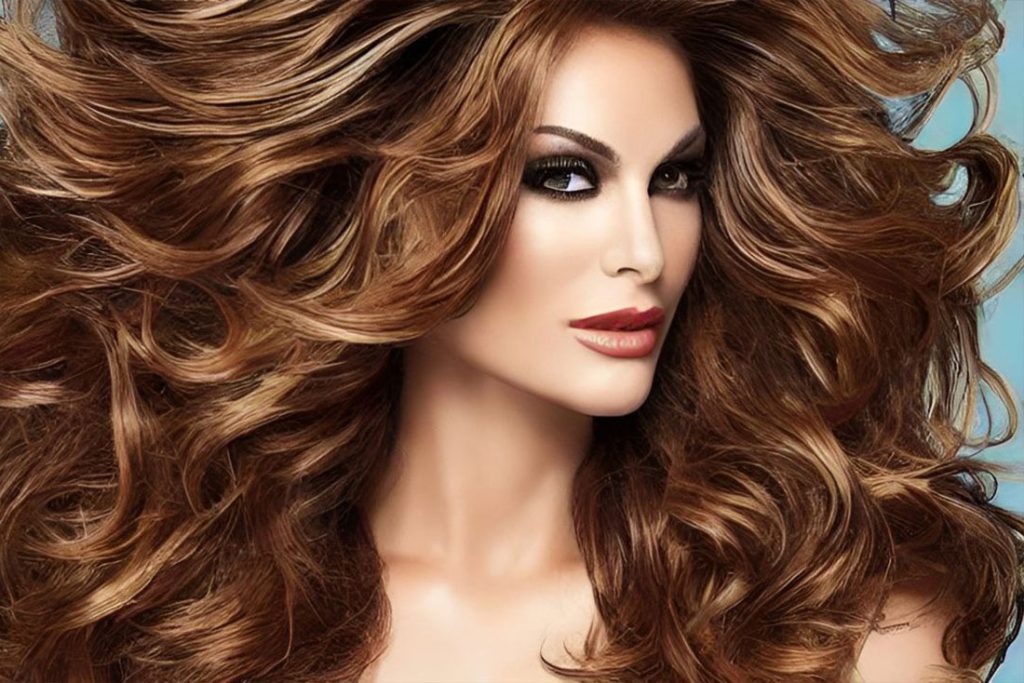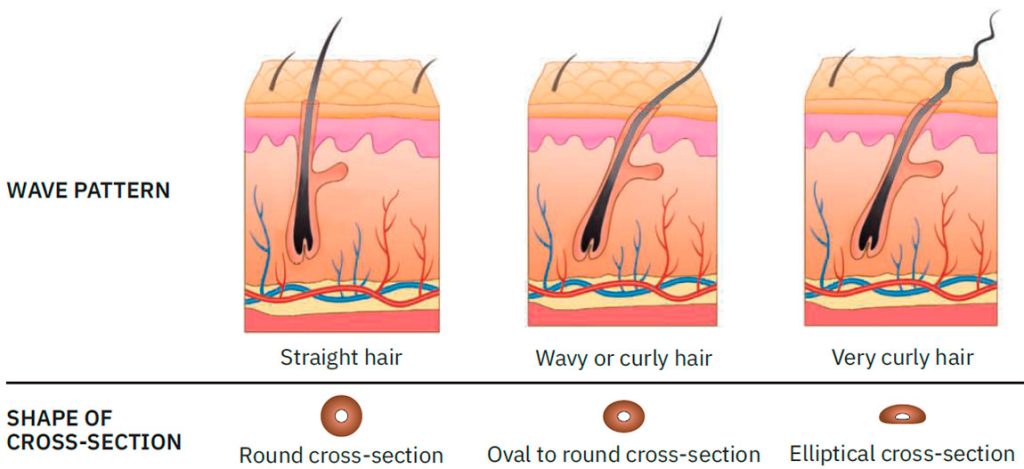The Science of Hair Wave Patterns: Understanding Shape and Movement in Hair
The texture of human hair is incredibly diverse, ranging from straight to coily. While this is an essential aspect of individuality and cultural identity, the wave pattern of hair also has significant implications for haircare and treatment strategies. For medical and beauty professionals, understanding the nuances of wave patterns offers a more comprehensive approach to haircutting, styling, and hair health. This article explores the science behind hair wave patterns, their biological origins, variations, and practical considerations for both healthcare providers and consumers.

What is a Wave Pattern?
Wave pattern refers to the shape or movement in a strand of hair. Classically, these are categorized into four primary types:
- Straight: Lacks any significant bends or kinks.
- Wavy: Contains loose, flowing curves.
- Curly: Features well-defined, spring-like spirals.
- Coily: Highly textured with tight, zigzag-shaped coils.

Biological Foundations of Wave Patterns
Genetics and Follicle Shape
The wave pattern of hair is primarily determined by genetics, manifesting through the shape of the hair follicle. The follicle’s shape, in turn, dictates the shape of the hair shaft:
- Round Cross-section: Results in straight hair.
- Oval Cross-section: Gives rise to wavy or curly hair.
- Elliptical Cross-section: Produces very curly or coily hair.
The flatter the follicle, the curlier the hair will be.

Hormonal Influence
Interestingly, hormones can affect hair texture and wave pattern. Fluctuations during puberty, pregnancy, and menopause often lead to changes in hair characteristics.
Unique Characteristics of Different Wave Patterns
Straight Hair
- Sebum Distribution: Easier for natural oils to travel down the hair shaft, often resulting in a well-moisturized scalp and hair.
- Cutting and Styling: Easier to cut in a straight line, but may require products for volume.
Wavy Hair
- Sebum Distribution: Moderately easy for oils to reach the hair ends.
- Cutting and Styling: May require texturizing techniques and layering to accommodate wave pattern.
Curly Hair
- Sebum Distribution: Difficulty for sebum to travel down the coil, resulting in a drier scalp and hair.
- Cutting and Styling: Requires specialized cutting techniques, like point-cutting, to preserve the natural curl pattern.
Coily Hair
- Sebum Distribution: Extremely challenging for sebum to navigate the zigzag pattern, leading to a dry scalp and increased breakage.
- Cutting and Styling: Highly specialized techniques and products for detangling and moisture retention.
Practical Implications for Haircare
Products
- Straight and Wavy Hair: Light moisturizers and volumizing products.
- Curly and Coily Hair: Heavier, oil-based products and detanglers.
Treatments
- Curly and Coily Hair: Deep conditioning treatments and protein-infused products to strengthen the hair and combat dryness.
- Straight and Wavy Hair: May benefit from lighter conditioners and clarifying shampoos to prevent buildup.
Conclusion
Understanding the intricacies of hair wave patterns allows for a more informed approach to haircutting, styling, and overall haircare. The shape of the hair follicle, heavily influenced by genetic factors and susceptible to hormonal changes, is the primary determinant of this pattern. By recognizing the unique characteristics and care requirements for straight, wavy, curly, and coily hair, professionals can provide more targeted and effective treatments. Whether it’s choosing the right hair products or offering medical treatments for scalp conditions, a scientific grasp of hair wave patterns is invaluable for professionals and consumers alike.






